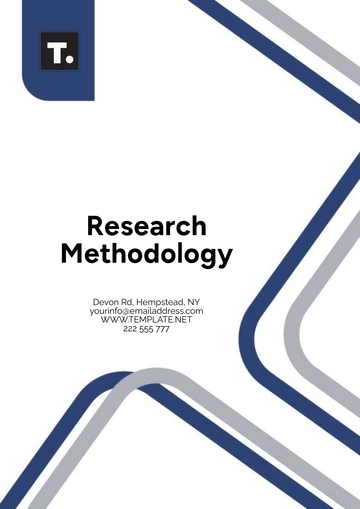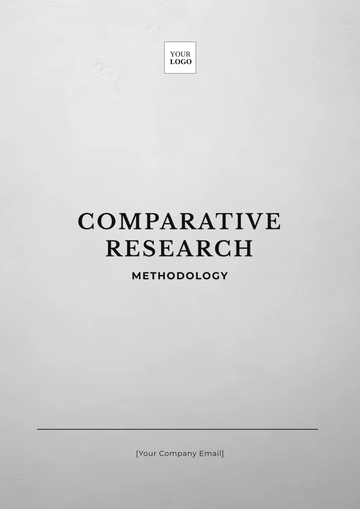Demographic Study Research Design
I. Introduction
Demographic studies are critical in understanding the composition of populations and how various factors influence them. These studies play an essential role in fields such as public health, urban planning, marketing, and social sciences. This document outlines a comprehensive research design for conducting a demographic study, covering all necessary steps and methodologies comprehensively.
II. Objectives
To analyze the demographic characteristics of a specific population.
To understand the distribution of age, gender, income, education, and other pivotal demographic factors.
To identify trends and patterns within the population.
To provide insights for policy-making and strategic planning.
III. Scope
The scope of this demographic study includes the following aspects:
Population size and growth rate
Age distribution
Gender distribution
Income levels
Educational attainment
Employment status
Ethnic composition
Household structure
IV. Methodology
A. Research Design
This study will use a combination of quantitative and qualitative research methods to gather comprehensive demographic data.
B. Data Collection Methods
The primary methods of data collection will include the following:
Surveys
Census data
Interviews
Focus groups
Administrative records
C. Sampling Technique
A stratified random sampling technique will be employed to ensure that various segments of the population are adequately represented.
D. Data Analysis
data will be analyzed using statistical software such as SPSS or R. Descriptive statistics will be employed to summarize the data, while inferential statistics will be used to draw conclusions and make predictions.
E. Ethical Considerations
Ethical considerations are paramount in a demographic study. Key ethical aspects include:
Informed consent from all participants
Ensuring confidentiality and anonymity
Avoiding any form of bias or discrimination
Transparency in data collection and reporting
V. Challenges and Limitations
Potential challenges and limitations of the study include:
Non-response or incomplete responses
Data accuracy and reliability
Limited resources and funding
Potential biases in data collection and analysis
VI. Implementation Plan
Phase | Activities | Timeline |
|---|
Phase 1 | Project Planning | Month 1 |
Phase 2 | Data Collection | Months 2-4 |
Phase 3 | Data Analysis | Months 5-7 |
Phase 4 | Report Writing | Months 8-9 |
Phase 5 | Dissemination of Findings | Month 10 |
VII. Conclusion
Demographic research is an indispensable tool for comprehending the makeup of populations and the factors that influence them. By following a well-structured research design, one can effectively gather and analyze data to provide valuable insights. This research design serves as a blueprint for conducting systematic, ethical, and comprehensive demographic studies.
VIII. References
Anderson, M., & Hernández, A. (2057). Demographic Research: A Review of Methods and Applications. Journal of Population Studies, 45(2), 123–145.
Smith, J. (2056). Population Analysis: Concepts and Methods. New York: Statistical Publishing House.
U.S. Census Bureau. (2050). American Community Survey. Retrieved from
World Health Organization. (2050). Demographic and Health Surveys. Retrieved from
Research Templates @ Template.net






























